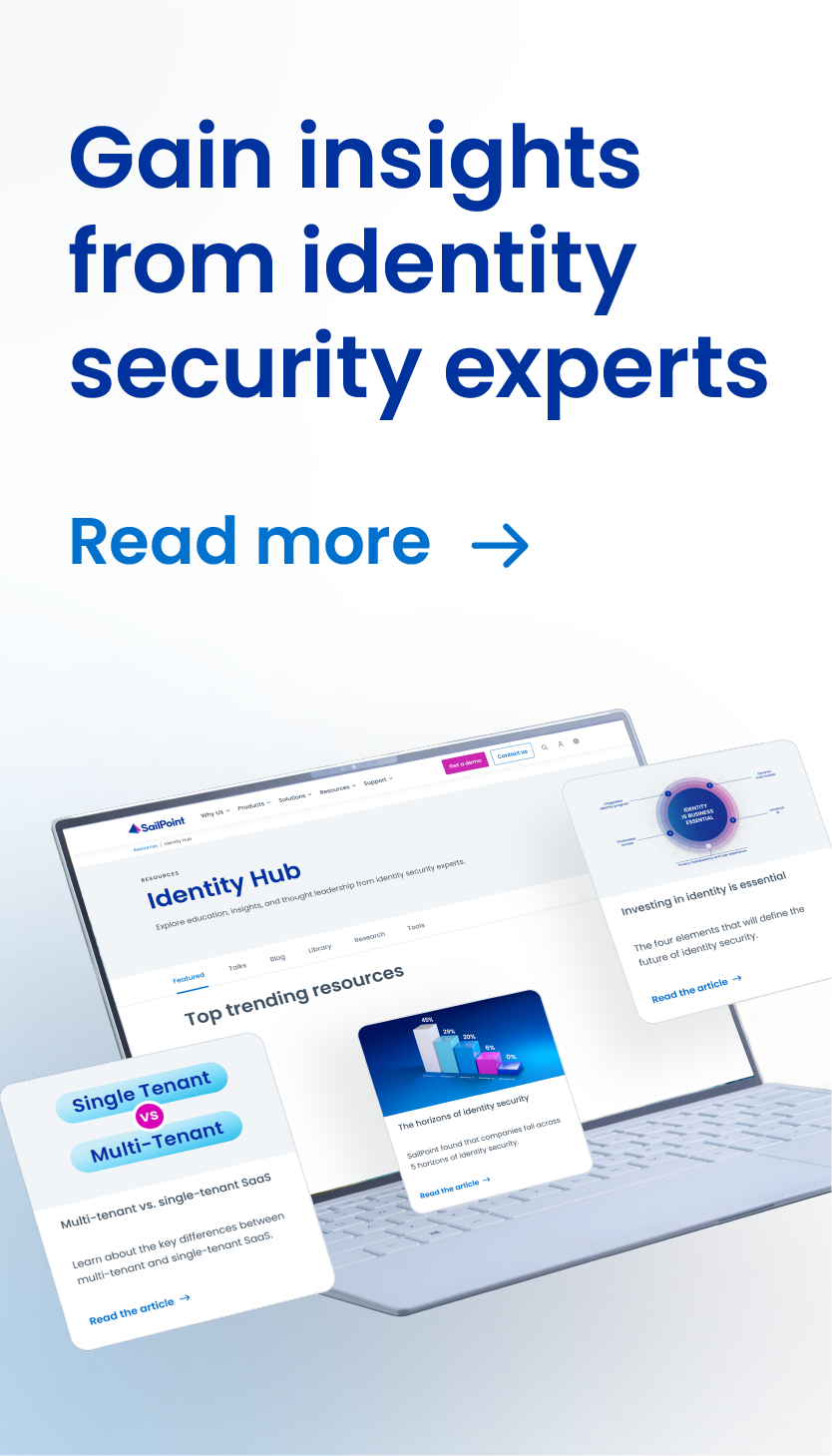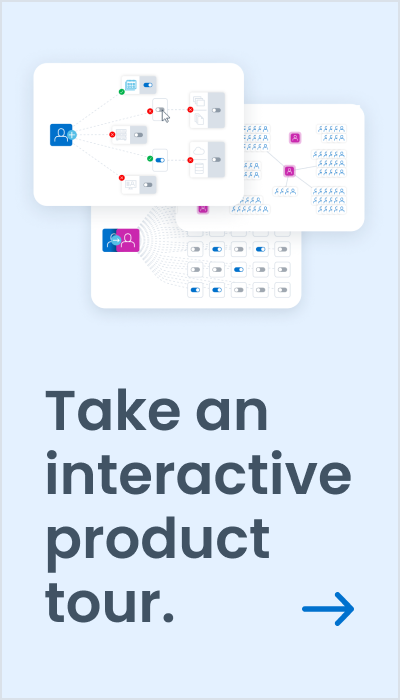Data Privacy Day 101
Data Privacy Day (known in Europe as Data Protection Day) is an international event that occurs every year on January 28. The purpose of the day is to raise awareness about how businesses and individuals can promote privacy and data protection best practices. But where did Data Privacy Day come from and how can you celebrate and protect yourself? We get into the 101 below.
What is Data Privacy Day, and where did it originate?
Data Privacy Day commemorates the 1981 signing of the Council of Europe’s Convention 108, the first international agreement on data privacy. Data Privacy Day promotes privacy awareness and education regarding privacy laws, policies, and best practices for protecting data in an annual campaign supported by corporations, non-profit organizations, and governments.
How can I protect my data?
Critically read the posted Privacy Policies for social media, software apps, and websites that you use. Before you even use their services, many accounts ask for access to personal information, such as your geographic location, contacts list, and photo album. This personal information has tremendous value to businesses and allows some to offer you their services at little to no cost.
Then, make informed decisions about whether to share your data with certain businesses by considering the amount of personal information they are asking for and weighing it against the benefits you may receive in return. Be thoughtful about who gets that information and wary of apps or services that require access to information that is not needed or relevant for the services they are offering. Finally, don’t forget to delete unused apps on your internet-connected devices and keep others secure by performing updates.
Manage your privacy
Once you have decided to use an app or set up a new account, check the privacy and security settings on web services and apps and set them to your comfort level for information sharing. Each device, application, or browser you use will have different features to limit how and with whom you share information. Also, protect the privacy and safety of your family’s personal, health, and financial data by protecting the security of the passwords for important websites.
Prioritize security
Data privacy and data security go hand-in-hand. Keep your data secure by creating long, unique passwords and storing them in a password manager. Add another layer of protection by enabling multi-factor authentication (MFA) wherever possible, especially on accounts with sensitive information. MFA has been found to block 99.9% of automated attacks when enabled and can ensure your data is protected, even in the event of a data breach.
Although Data Privacy Day only comes once a year, it’s important to implement these data protection best practices all year long to keep your data – and your identity – secure.



Discussion